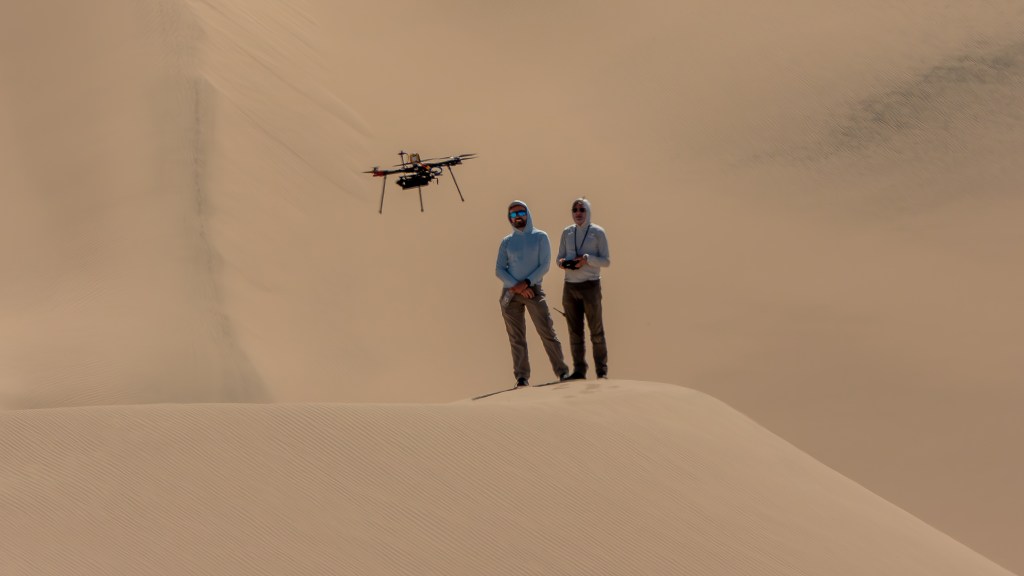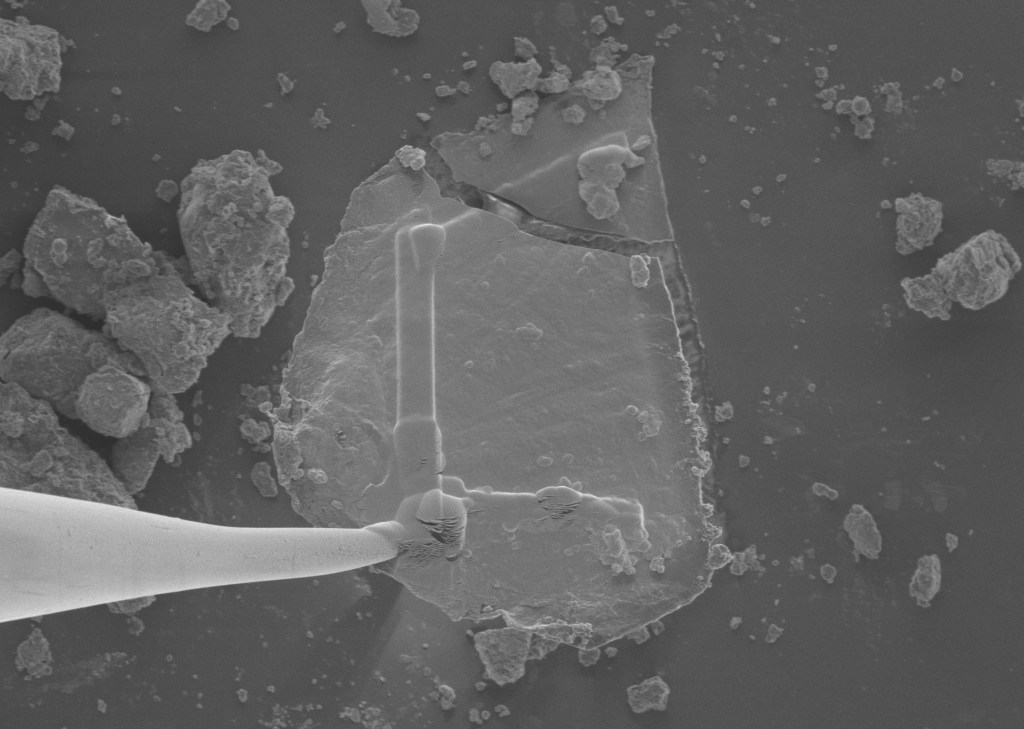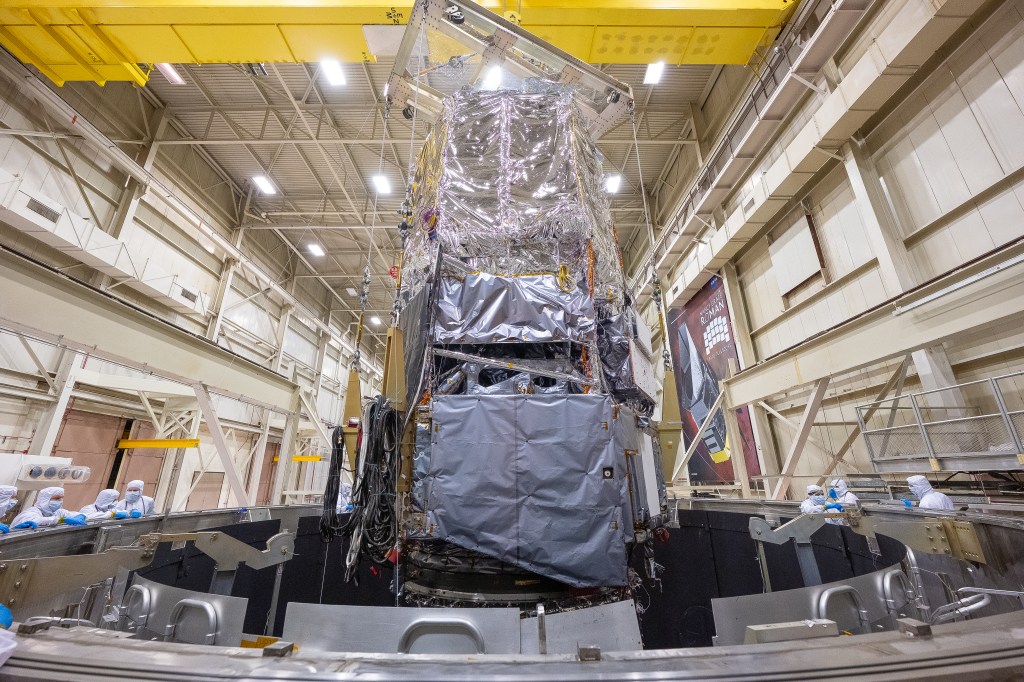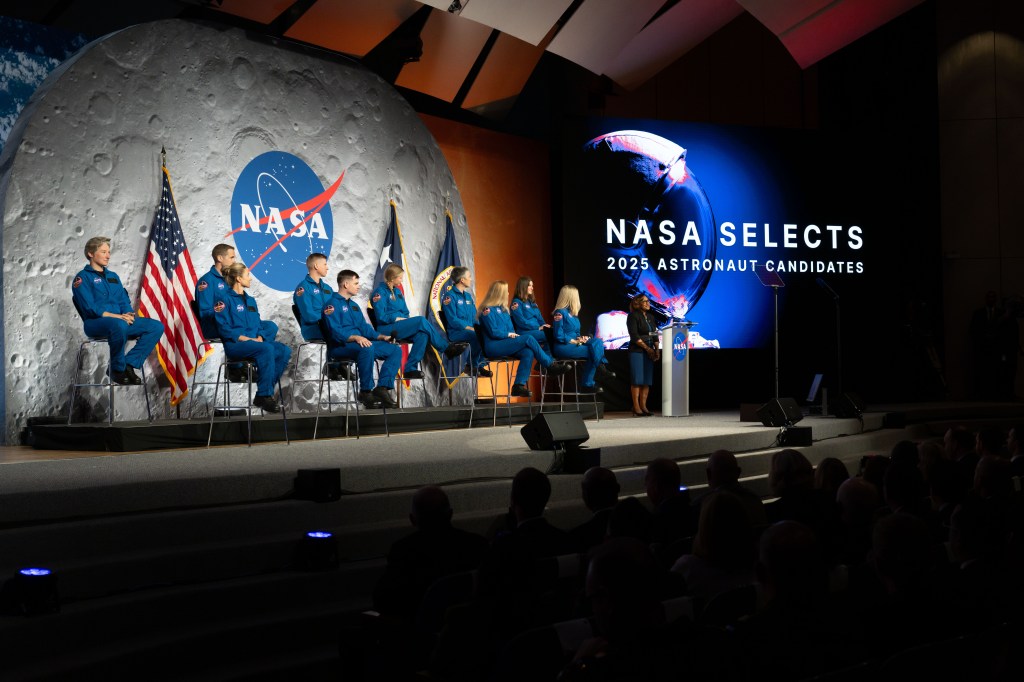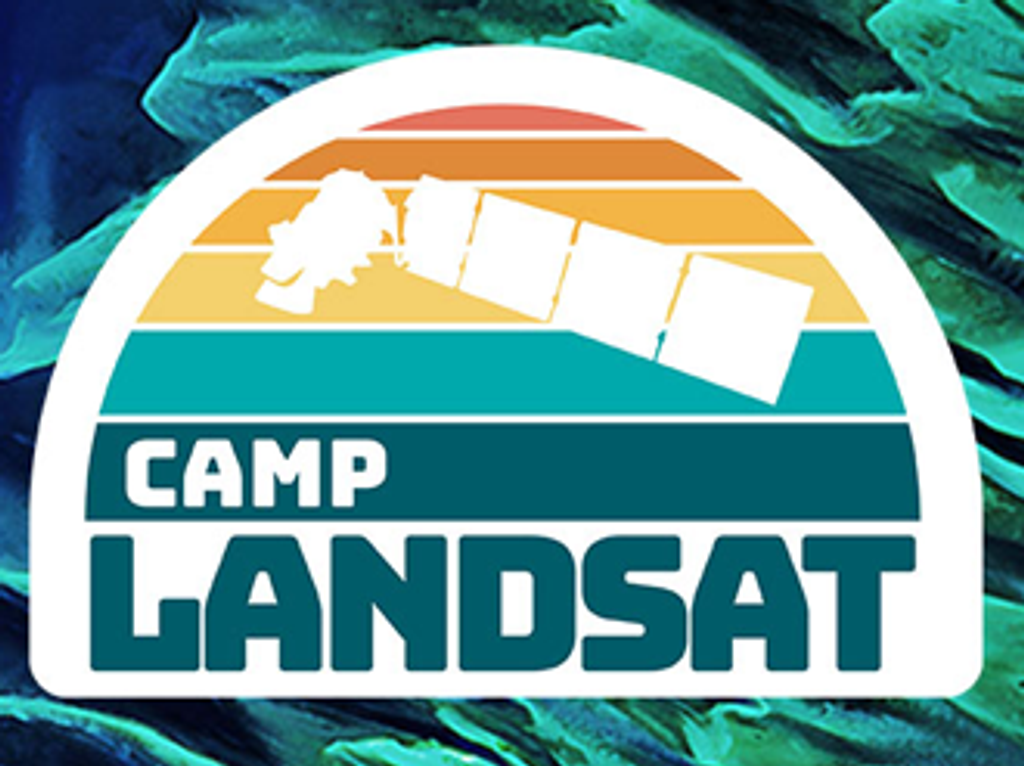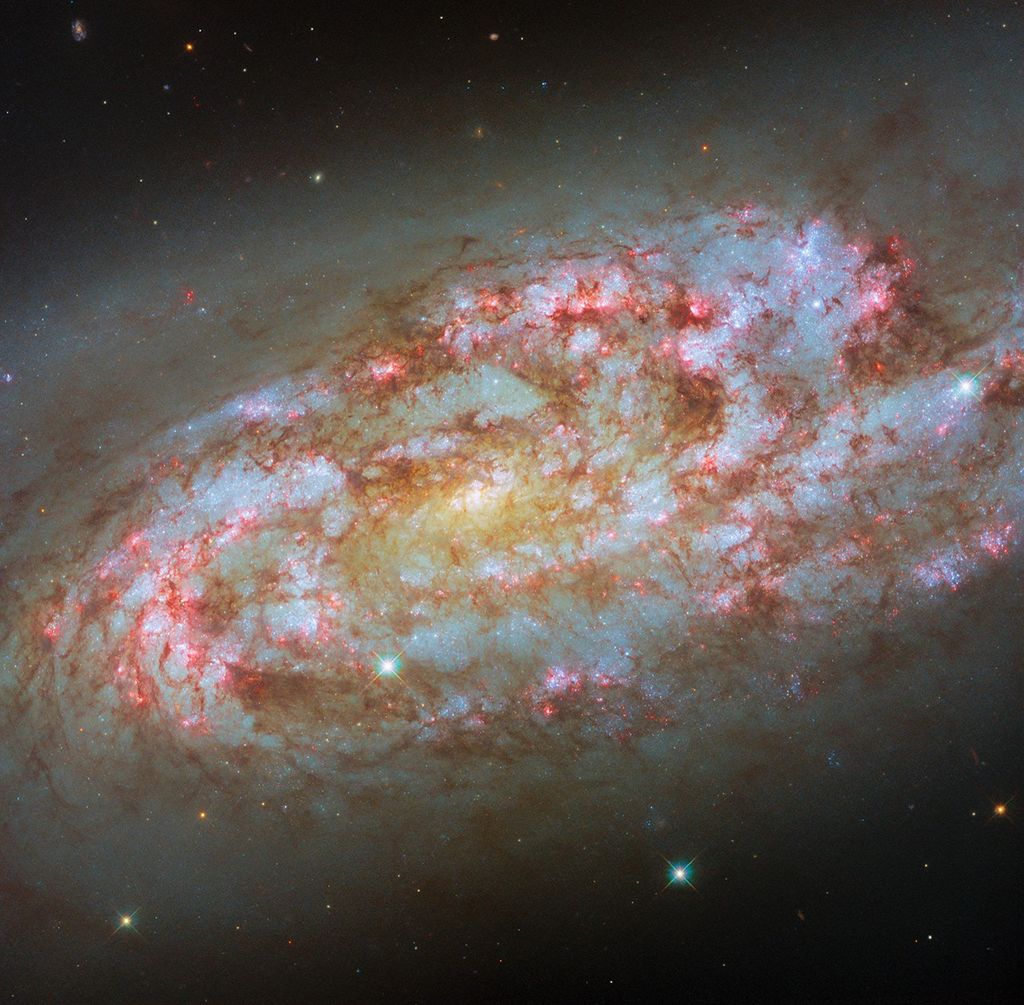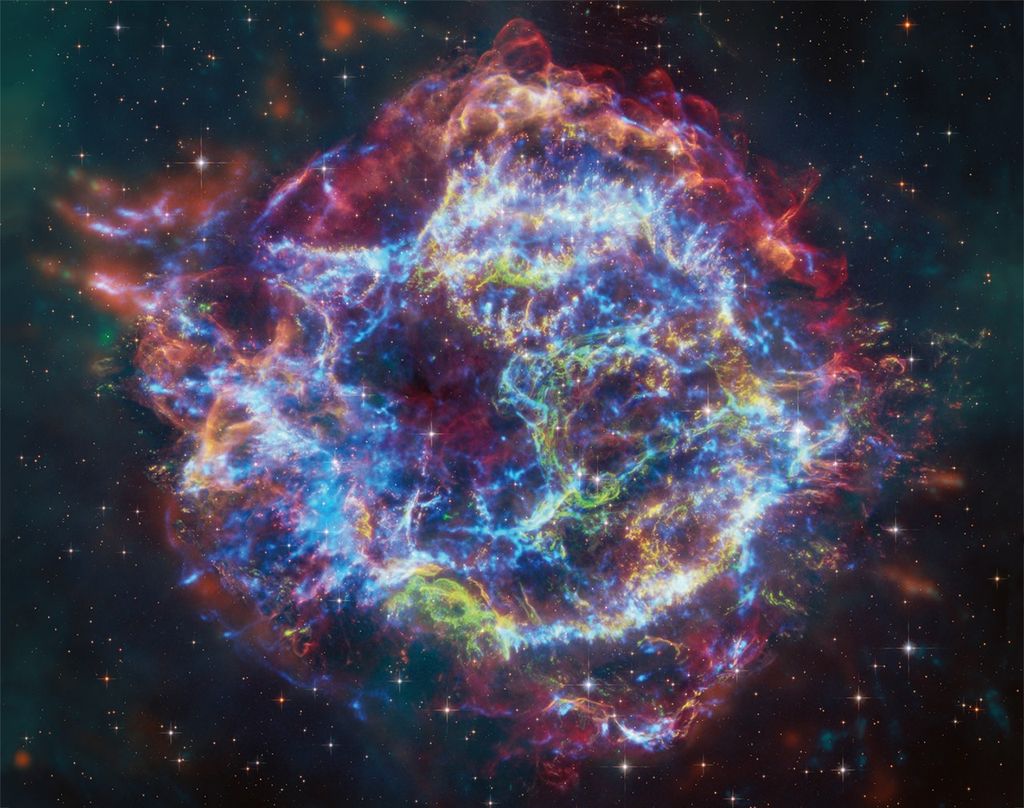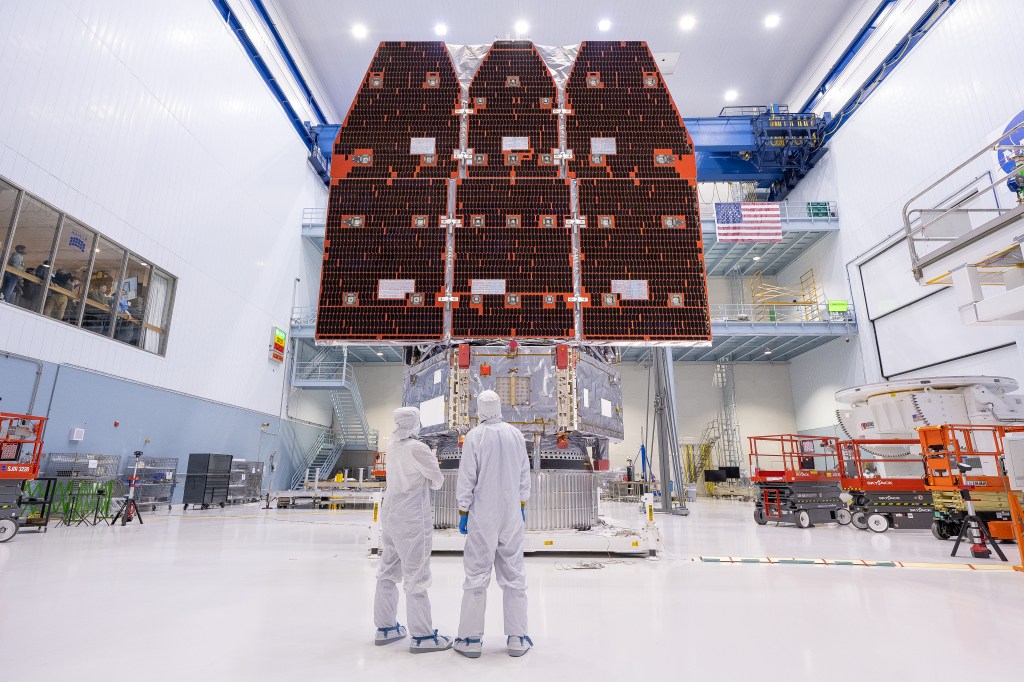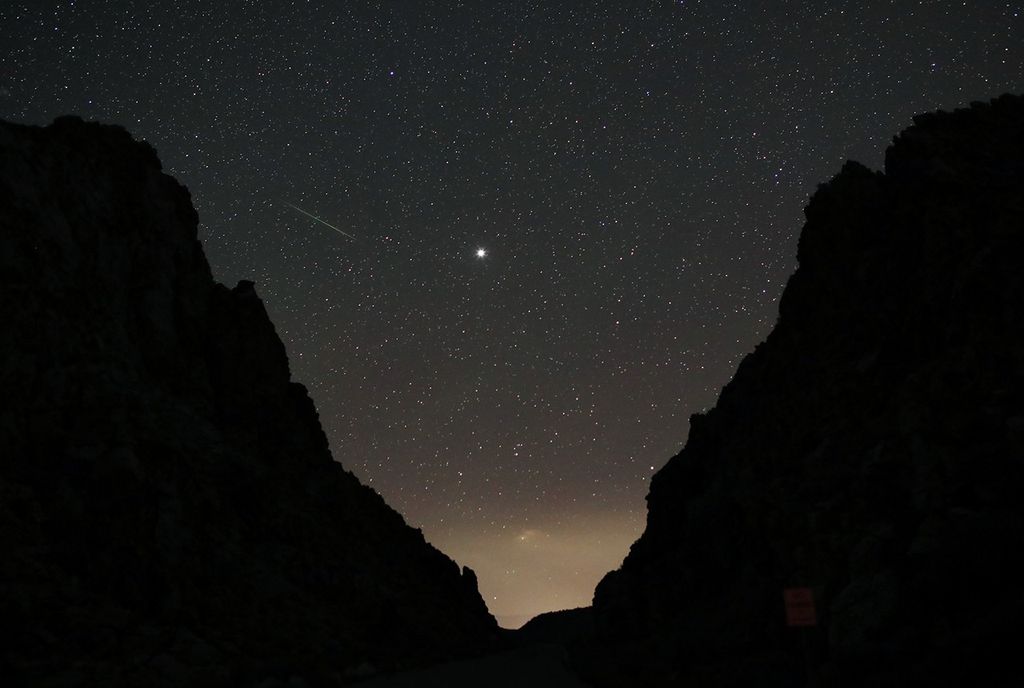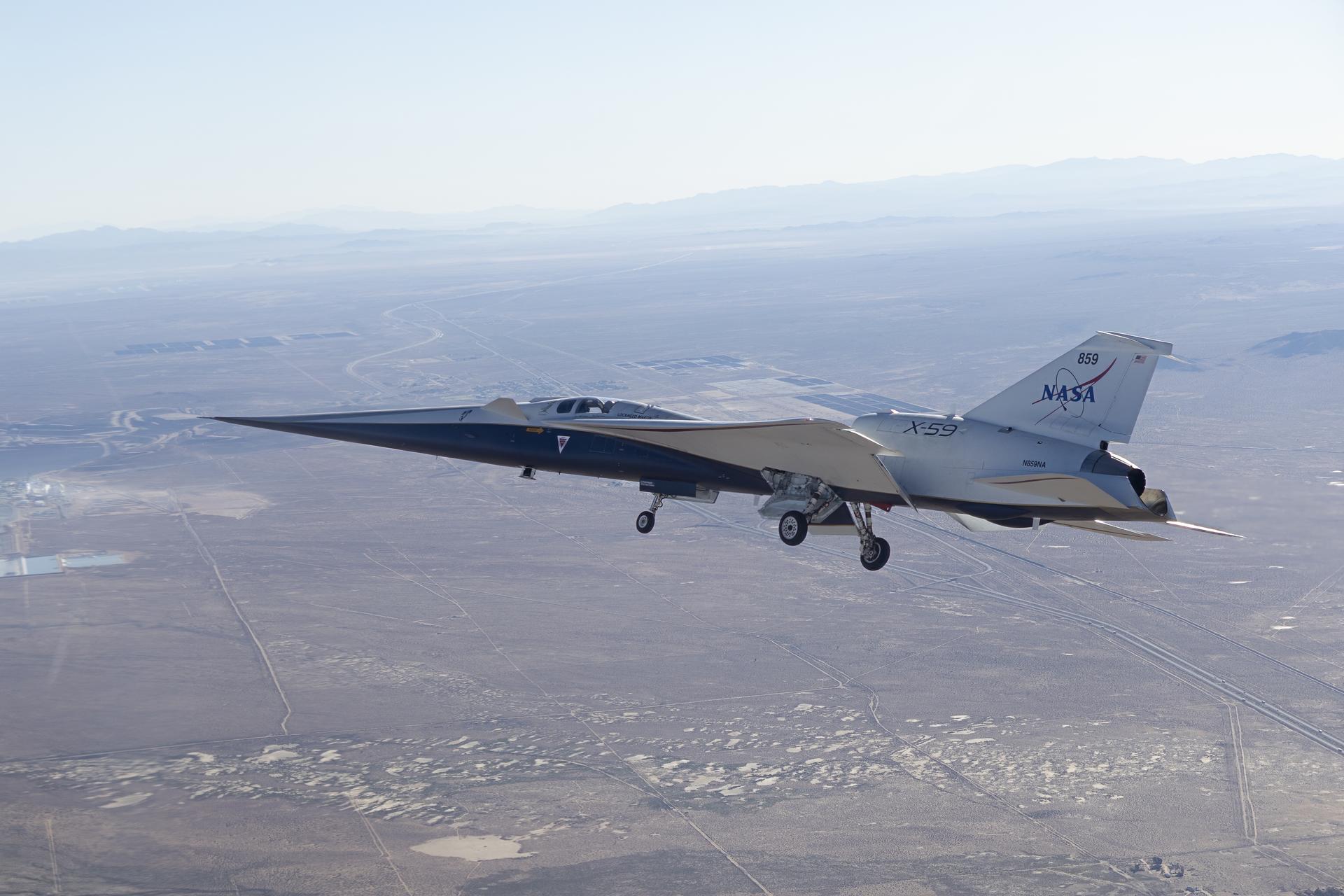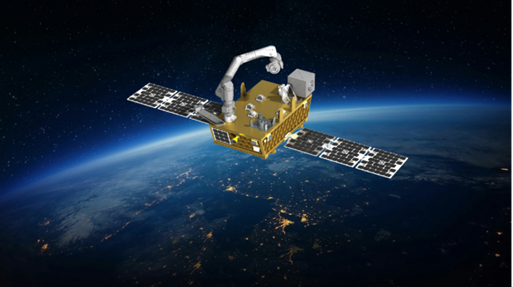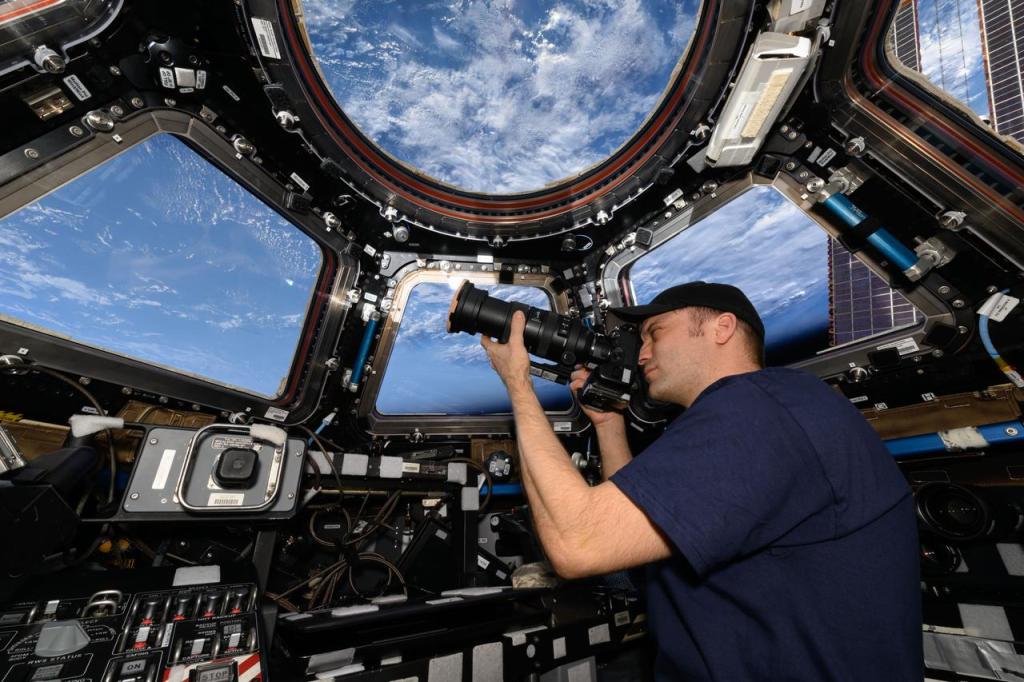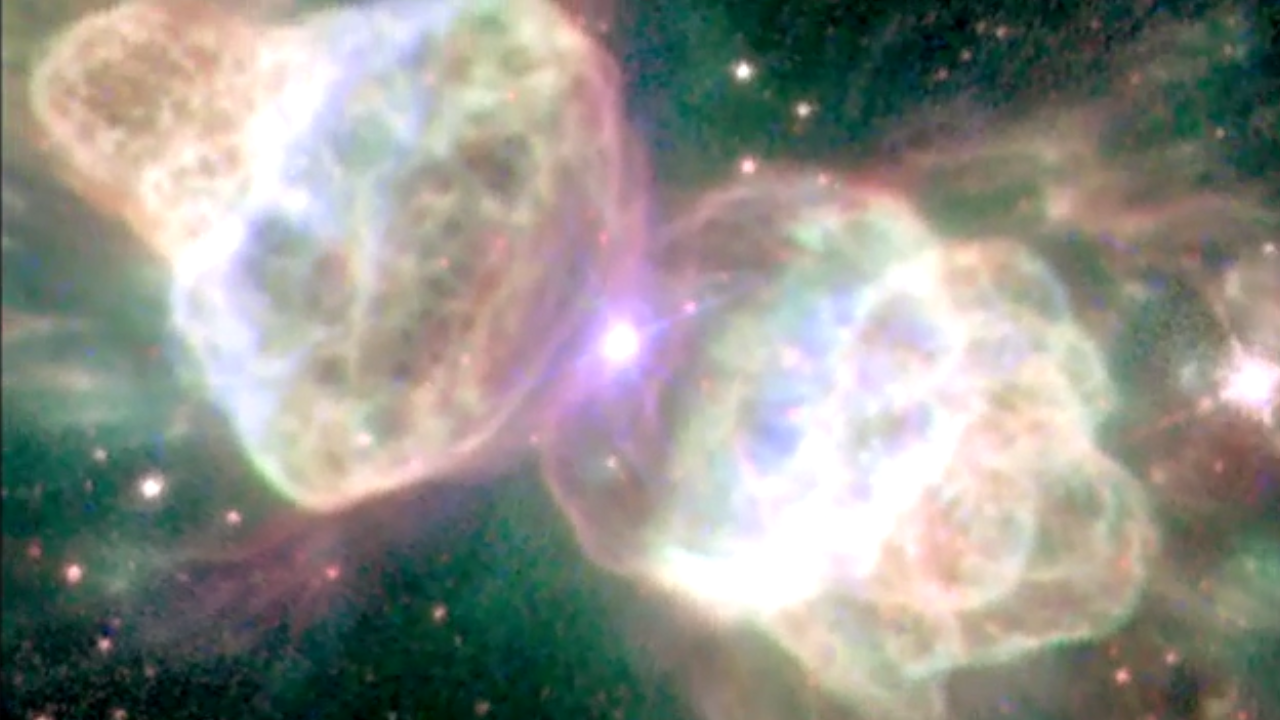1 min read
IC 4593

About the Object
- R.A. PositionR.A. PositionRight ascension – analogous to longitude – is one component of an object's position.16h 11m 44.5s
- Dec. PositionDec. PositionDeclination – analogous to latitude – is one component of an object's position.12° 4' 17.0"
- ConstellationConstellationOne of 88 recognized regions of the celestial sphere in which the object appears.Hercules
- DistanceDistanceThe physical distance from Earth to the astronomical object. Distances within our solar system are usually measured in Astronomical Units (AU). Distances between stars are usually measured in light-years. Interstellar distances can also be measured in parsecs.7,900 light-years (2.42 kpc)
About the Data
- Data DescriptionData DescriptionProposal: A description of the observations, their scientific justification, and the links to the data available in the science archive.
Science Team: The astronomers who planned the observations and analyzed the data. "PI" refers to the Principal Investigator.The Hubble image was created from HST data from proposals 11090 and 11093: K. Noll, H. Bond, C. Christian, L. Frattare, F. Hamilton, Z. Levay, M. Mutchler, and W. Januszewski (Hubble Heritage Team/STScI).
High-level Science Products are available from the Heritage MAST webpage. - InstrumentInstrumentThe science instrument used to produce the data.HST>WFPC2
- Exposure DatesExposure DatesThe date(s) that the telescope made its observations and the total exposure time.February, 2007
- FiltersFiltersThe camera filters that were used in the science observations.F502N ([O III]), F656N (H alpha), and F658N ([N II])
- Object NameObject NameA name or catalog number that astronomers use to identify an astronomical object.IC 4593
- Object DescriptionObject DescriptionThe type of astronomical object.Planetary Nebula
- Release DateSeptember 11, 2007
- Science ReleaseHubble Captures Stars Going Out in Style
- Credit

This image is a composite of many separate exposures made by the WFPC2 instrument on the Hubble Space Telescope. Three filters were used to sample narrow wavelength ranges. The color results from assigning different hues (colors) to each monochromatic image. In this case, the assigned colors are:Blue: F502N ([O III])Green: F656N (H alpha)Red: F658N ([N II])
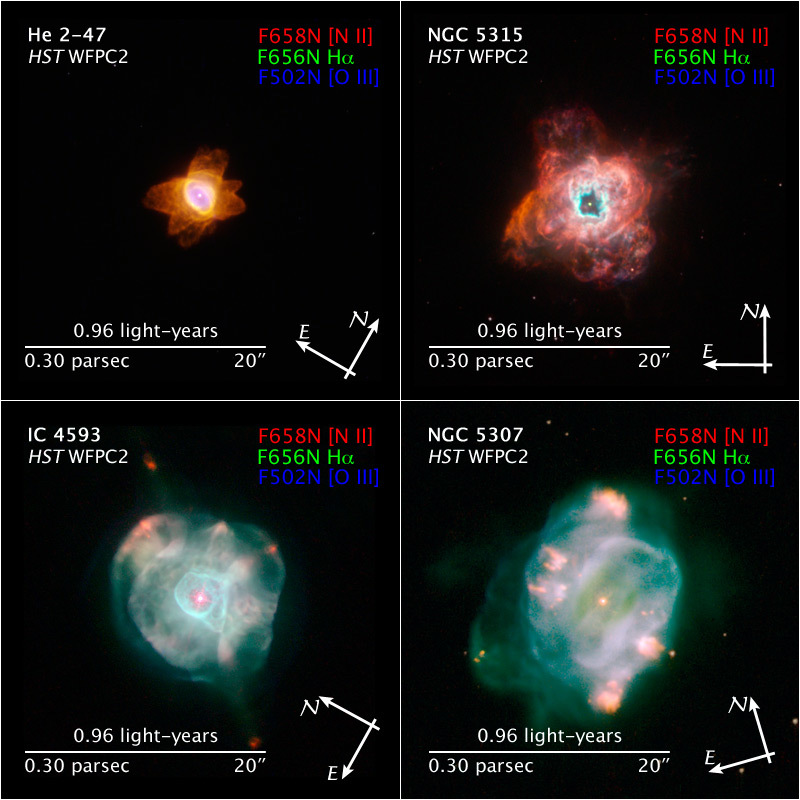
Related Images & Videos
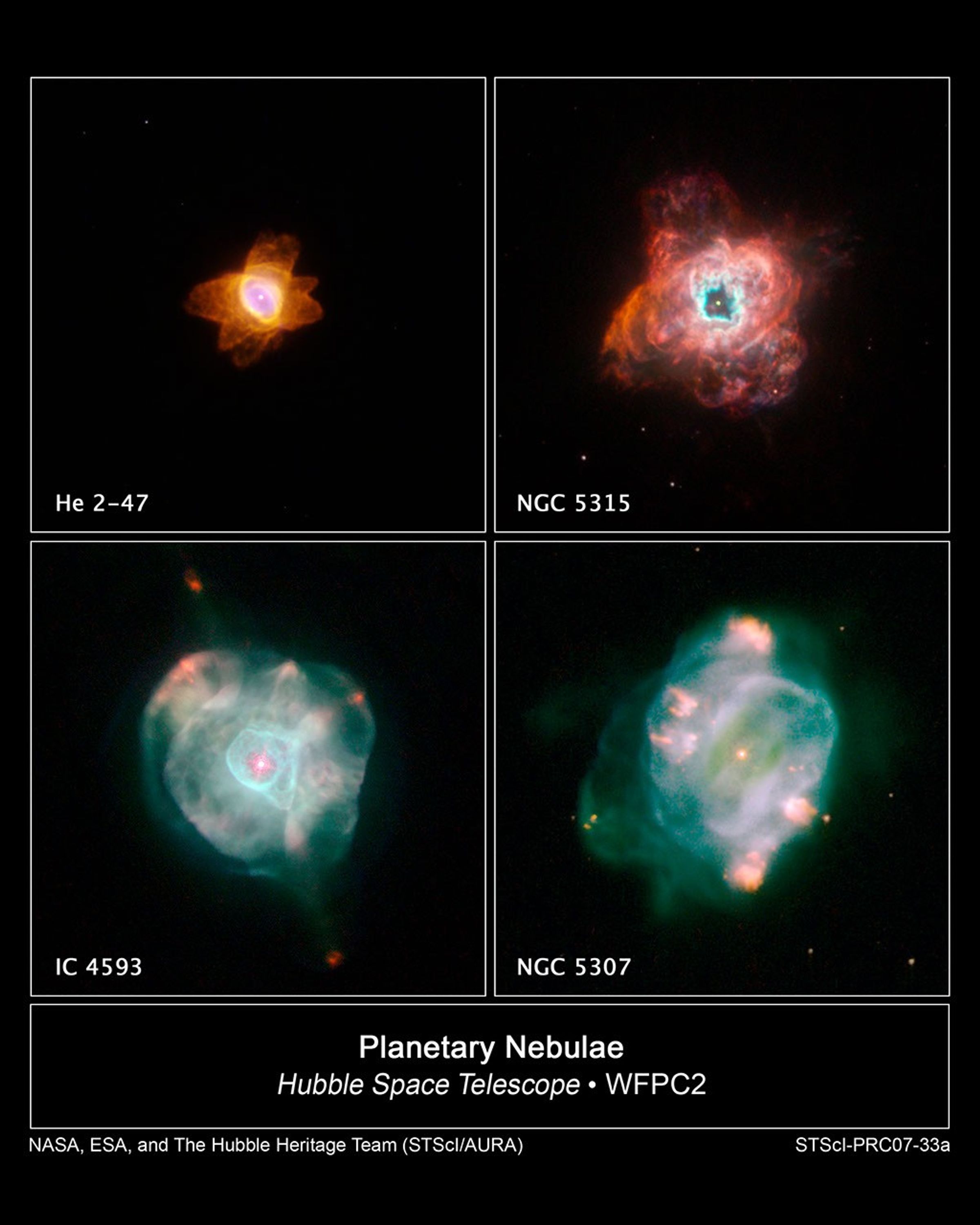
Hubble Captures Stars Going Out in Style
The colorful, intricate shapes in these NASA Hubble Space Telescope images reveal how the glowing gas ejected by dying Sun-like stars evolves dramatically over time. These gaseous clouds, called planetary nebulae, are created when stars in the last stages of life cast off their...
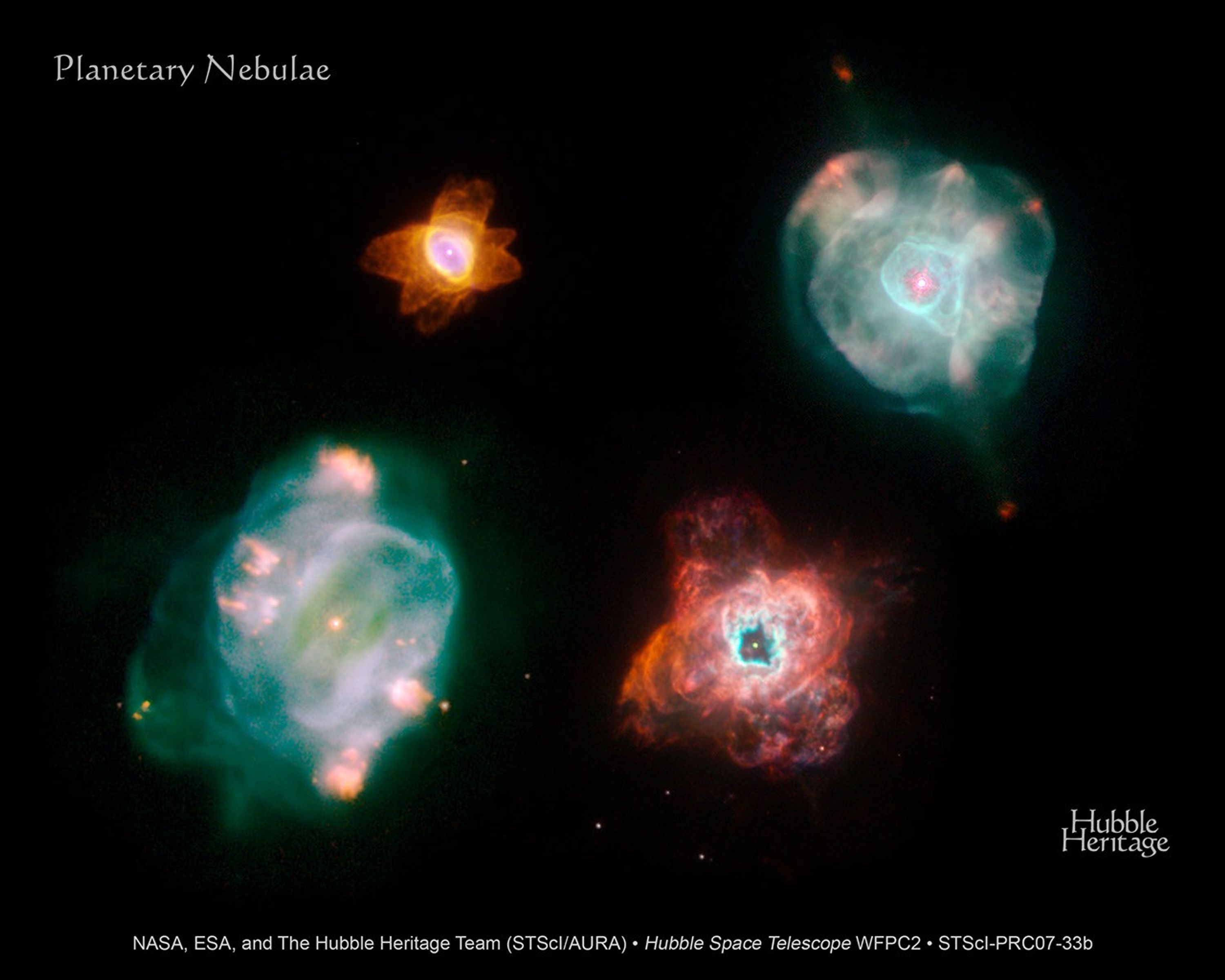
Planetary Nebulae – A More Artistic Arrangement (with Title)
These four planetary nebulae imaged by the Hubble Space Telescope all lie in our Milky Way Galaxy. Their distances from Earth are all roughly the same, about 7,000 light-years. The snapshots were taken with Hubble's Wide Field Planetary Camera 2 in February 2007. Like...
Share
Details
Claire Andreoli
NASA’s Goddard Space Flight Center
Greenbelt, Maryland
claire.andreoli@nasa.gov

